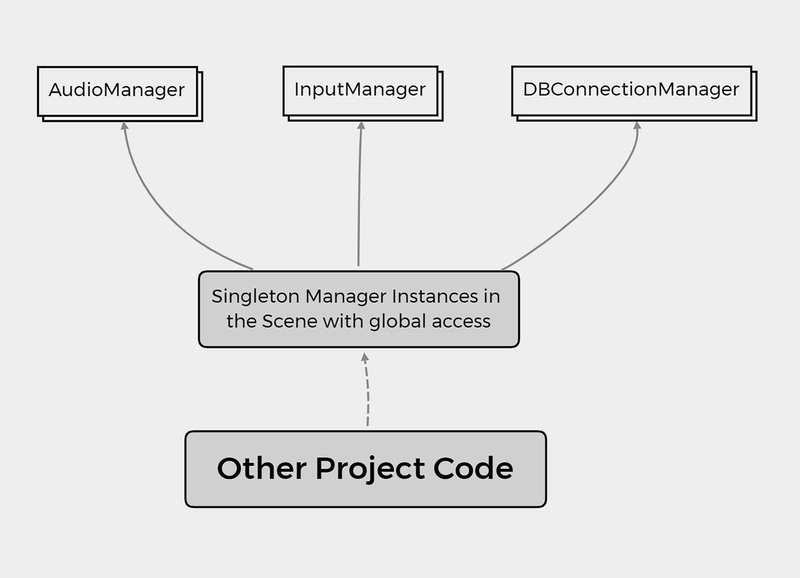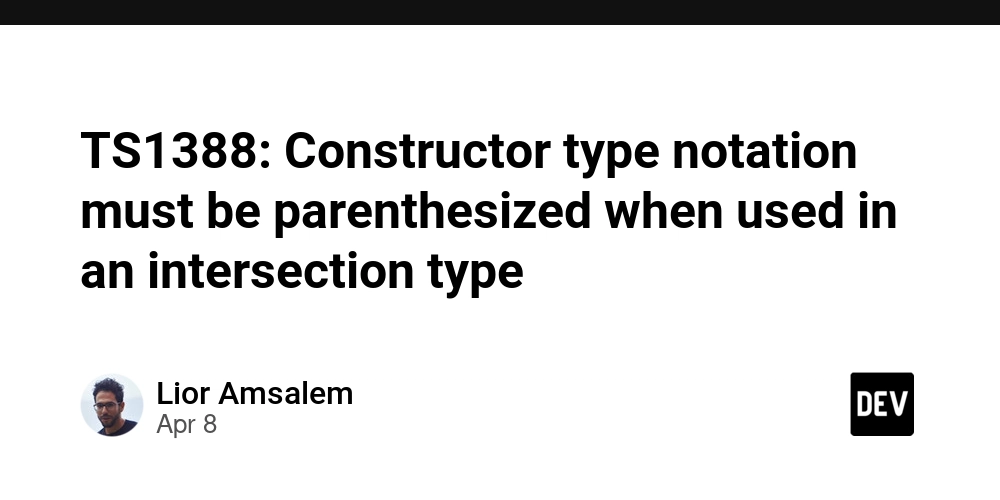Basics of ON DELETE CASCADE and ON UPDATE CASCADE in SQL - PART 1
When working with relational databases, keeping data consistent across tables is critical. This is where foreign keys and referential actions like ON DELETE CASCADE and ON UPDATE CASCADE come into play. What Are CASCADE Actions in SQL? In SQL, when you define a foreign key relationship between two tables, you can specify what should happen when the data in the parent table is deleted or updated. There are a few options (CASCADE, SET NULL, RESTRICT, etc.), but two of the most powerful and commonly used are: ON DELETE CASCADE ON UPDATE CASCADE See breakdown below. ON DELETE CASCADE This tells the database: “If a record in the parent table is deleted, automatically delete the related records in the child table.” Example Use Case: Imagine you have two tables: Users and Posts. Each post belongs to a user. ON UPDATE CASCADE This tells the database: “If the primary key of the parent table is updated, automatically update all corresponding foreign keys in the child table.” Why Update Primary Keys Though? Usually, primary keys don’t change. But in some systems where natural keys (like usernames or codes) are used as primary keys, updates can happen. In summary, ON DELETE and ON UPDATE CASCADE helps provide clean and consistent database.

When working with relational databases, keeping data consistent across tables is critical. This is where foreign keys and referential actions like ON DELETE CASCADE and ON UPDATE CASCADE come into play.
What Are CASCADE Actions in SQL?
In SQL, when you define a foreign key relationship between two tables, you can specify what should happen when the data in the parent table is deleted or updated.
There are a few options (CASCADE, SET NULL, RESTRICT, etc.), but two of the most powerful and commonly used are:
ON DELETE CASCADE
ON UPDATE CASCADE
See breakdown below.
- ON DELETE CASCADE This tells the database:
“If a record in the parent table is deleted, automatically delete the related records in the child table.”
Example Use Case:
Imagine you have two tables: Users and Posts. Each post belongs to a user.
- ON UPDATE CASCADE This tells the database:
“If the primary key of the parent table is updated, automatically update all corresponding foreign keys in the child table.”
Why Update Primary Keys Though?
Usually, primary keys don’t change. But in some systems where natural keys (like usernames or codes) are used as primary keys, updates can happen.
In summary, ON DELETE and ON UPDATE CASCADE helps provide clean and consistent database.












































































































































































![[The AI Show Episode 143]: ChatGPT Revenue Surge, New AGI Timelines, Amazon’s AI Agent, Claude for Education, Model Context Protocol & LLMs Pass the Turing Test](https://www.marketingaiinstitute.com/hubfs/ep%20143%20cover.png)














































































































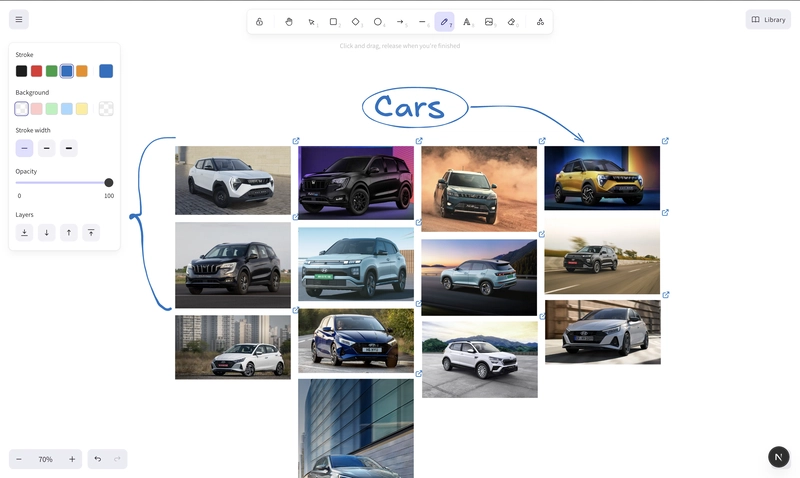
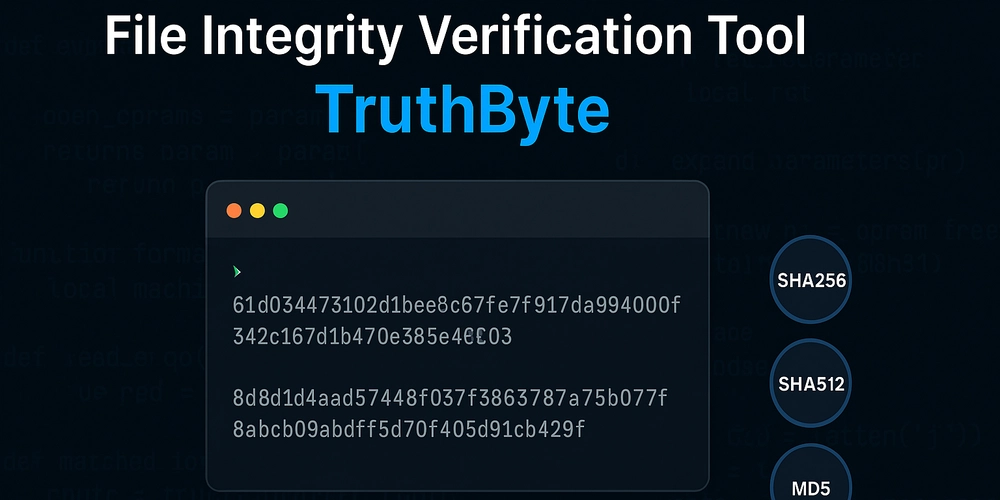
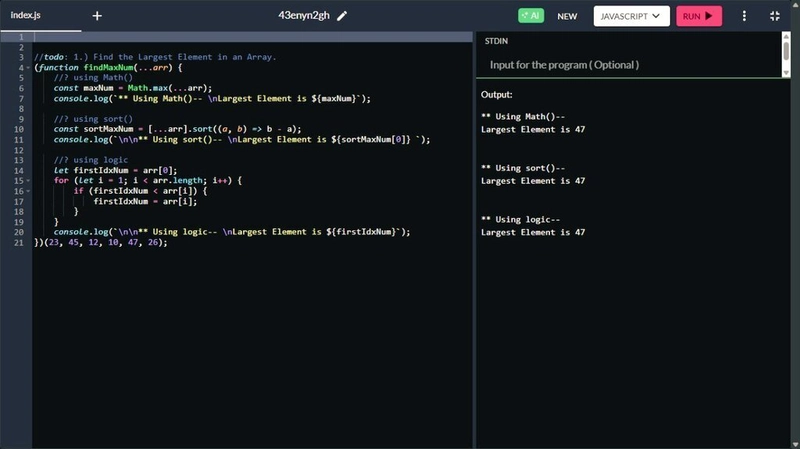
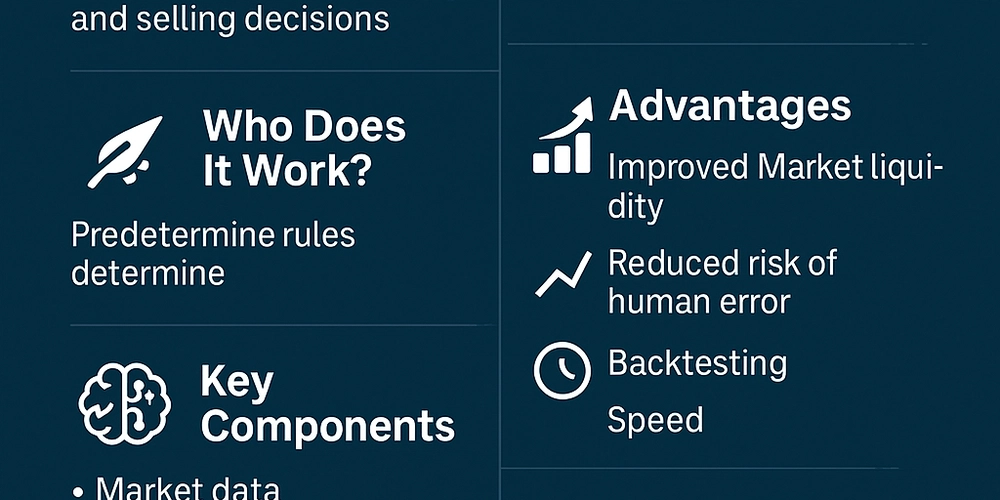








![[DEALS] Microsoft Visual Studio Professional 2022 + The Premium Learn to Code Certification Bundle (97% off) & Other Deals Up To 98% Off](https://www.javacodegeeks.com/wp-content/uploads/2012/12/jcg-logo.jpg)



![From Accountant to Data Engineer with Alyson La [Podcast #168]](https://cdn.hashnode.com/res/hashnode/image/upload/v1744420903260/fae4b593-d653-41eb-b70b-031591aa2f35.png?#)





































































































.png?#)














































































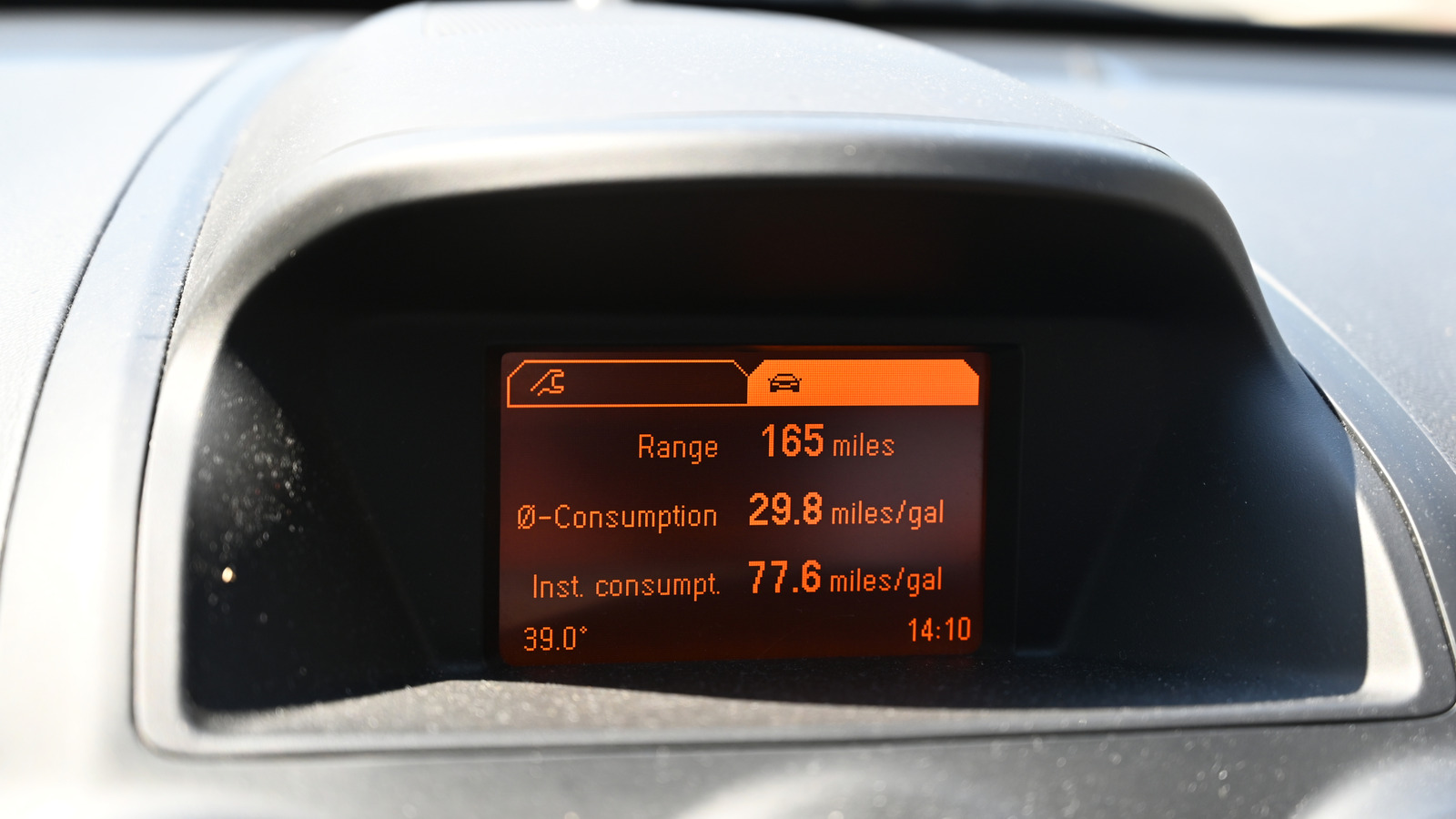





































































![Apple TV+ Summer Preview 2025 [Video]](https://www.iclarified.com/images/news/96999/96999/96999-640.jpg)
![Apple Watch SE 2 On Sale for Just $169.97 [Deal]](https://www.iclarified.com/images/news/96996/96996/96996-640.jpg)

![Apple Posts Full First Episode of 'Your Friends & Neighbors' on YouTube [Video]](https://www.iclarified.com/images/news/96990/96990/96990-640.jpg)






























































































































